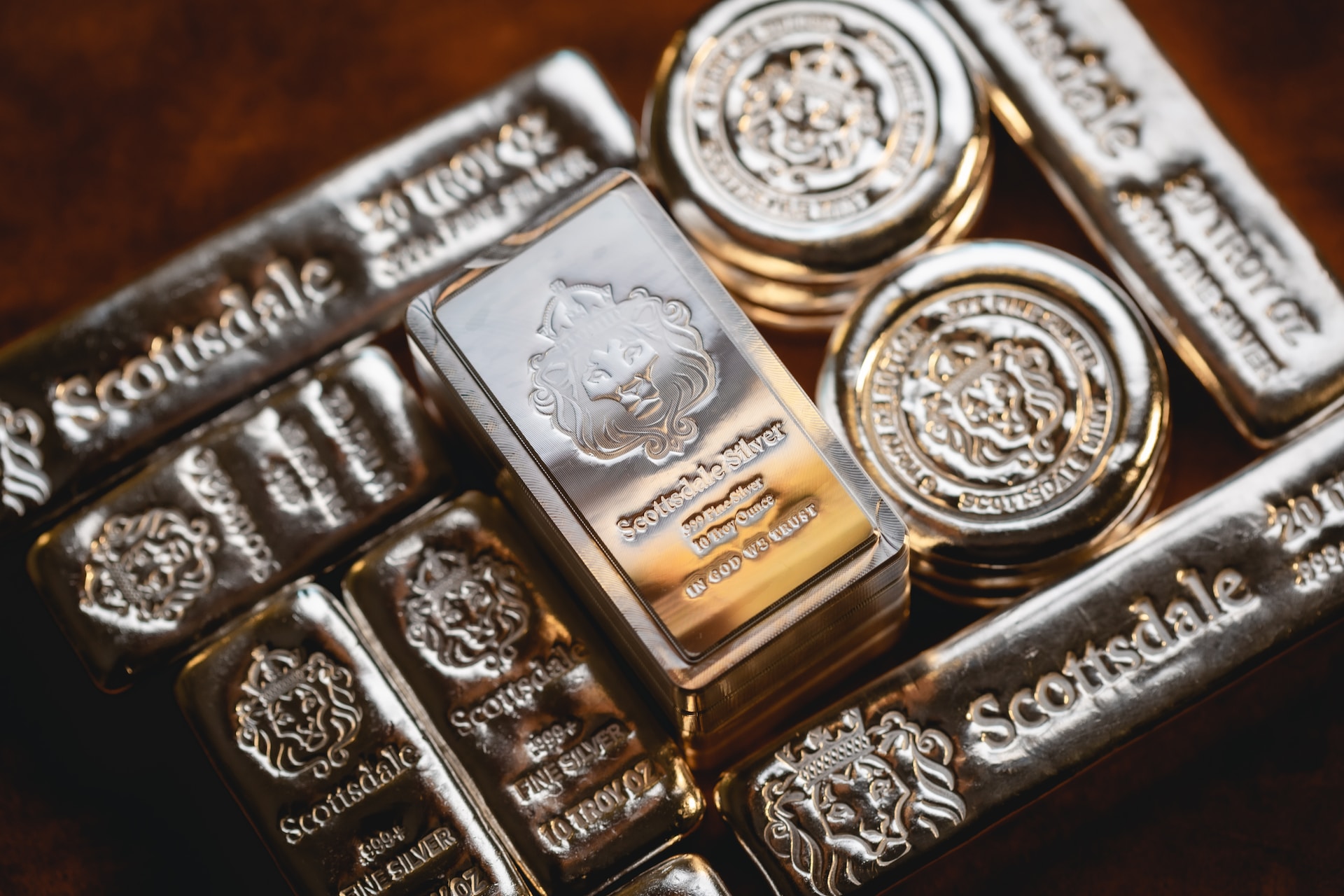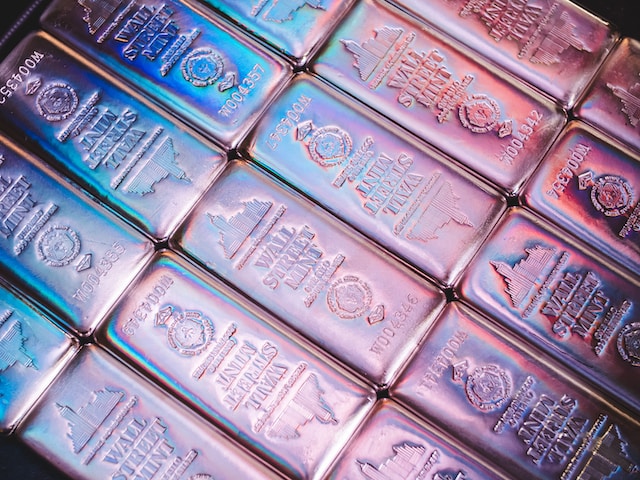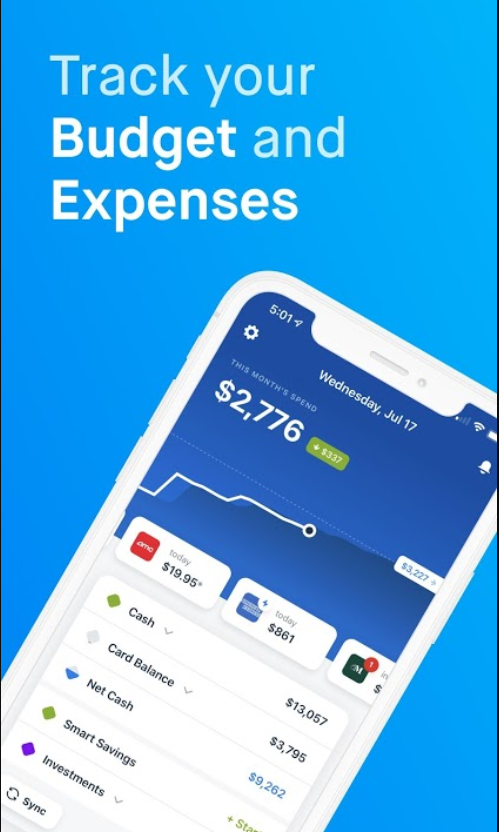
Predicting the Future: How Investors Analyze Silver Market Trends
01/03/2024
Silver, the shiny metal that has captivated humanity for centuries, is a popular investment choice among savvy investors. With its diverse range of uses in various industries and its historical value as a store of wealth, silver is an asset that attracts both experienced traders and newcomers to the market. But how do investors analyze trends in the silver market? What factors influence their predictions for the future? In this blog post, we will delve into the key elements that shape investor sentiment when forecasting the price of silver today. From supply and demand dynamics to macroeconomic influences, we will explore the intricate web of factors that predict this fascinating market’s future.
Supply and Demand
Supply and demand are the fundamental forces that drive any market, and the silver market is no exception. The balance between these two factors plays a crucial role in determining silver prices. On the supply side, silver is primarily mined as a byproduct of other metals such as copper, lead, and zinc. This means that changes in mining activity for these base metals can impact the overall supply of silver. Additionally, recycling plays a significant role in supplying silver to the market. As technology advances and more electronic devices containing silver are discarded or recycled, the available supply is affected.
Macroeconomic Factors
The silver market is not immune to the influence of macroeconomic factors. In fact, these factors play a crucial role in shaping its trends and performance. One such factor is inflation. Investors often turn to precious metals like silver as a hedge against currency devaluation when inflation rates rise. Another macroeconomic factor that affects the silver market is interest rates. When interest rates are low, borrowing costs decrease, making it cheaper for businesses to expand their operations. This can lead to increased industrial demand for silver, as it is widely used in various electronics and solar energy industries.

Industrial Demand
The industrial demand for silver plays a crucial role in analyzing and predicting future trends in the silver market. Silver is widely used in various industries with its unique properties, including high thermal and electrical conductivity, reflectivity, and antimicrobial qualities. The electronics industry is one of the primary sectors that heavily rely on silver. Silver is an essential component in electronic devices like smartphones, tablets, computers, and televisions. The increasing demand for these gadgets translates to a higher demand for silver. Another industry where the use of silver is prominent is solar energy. Solar panels have become increasingly popular as the world moves towards renewable energy sources.
Investment Demand
When it comes to analyzing the silver market trends, one important factor that investors consider is investment demand. This refers to the interest and demand for silver as an investment asset rather than its practical use in industries. Silver has long been seen as a safe-haven asset, especially during economic uncertainty. Investors often turn to precious metals like silver as a store of value and a hedge against inflation. The price of silver tends to rise when there are concerns about the stability of currencies or economies. In recent years, there has been an increasing interest in silver among individual investors.
Understanding how supply and demand dynamics interact with macroeconomic factors while considering both industrial and investment demands allows investors to gain valuable insights into predicting potential future trends within the dynamic world of the silver market. While there is no guaranteed formula for predicting silver prices, keeping a close eye on these key elements can help investors make informed decisions regarding their silver investments. We hope that you have found this blog post helpful.



